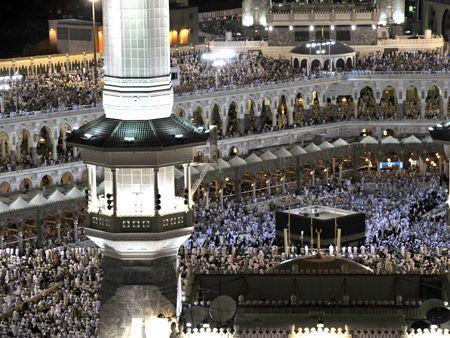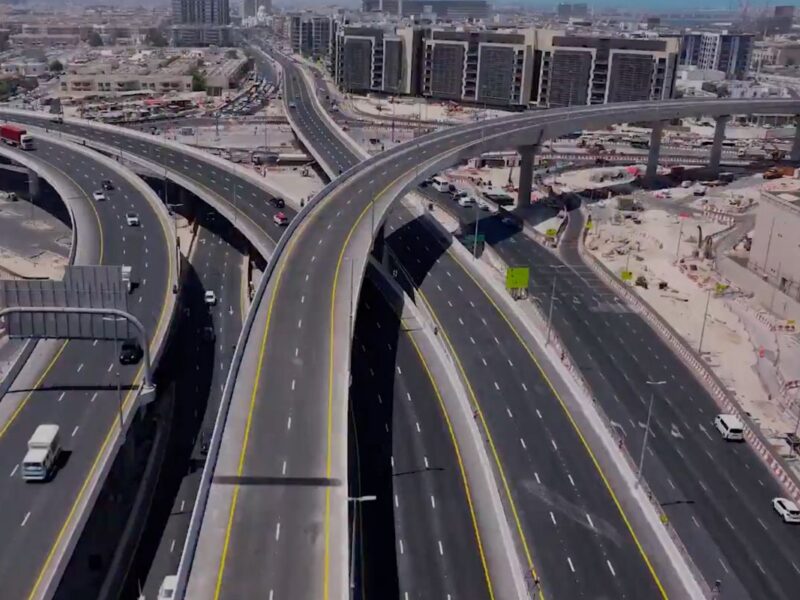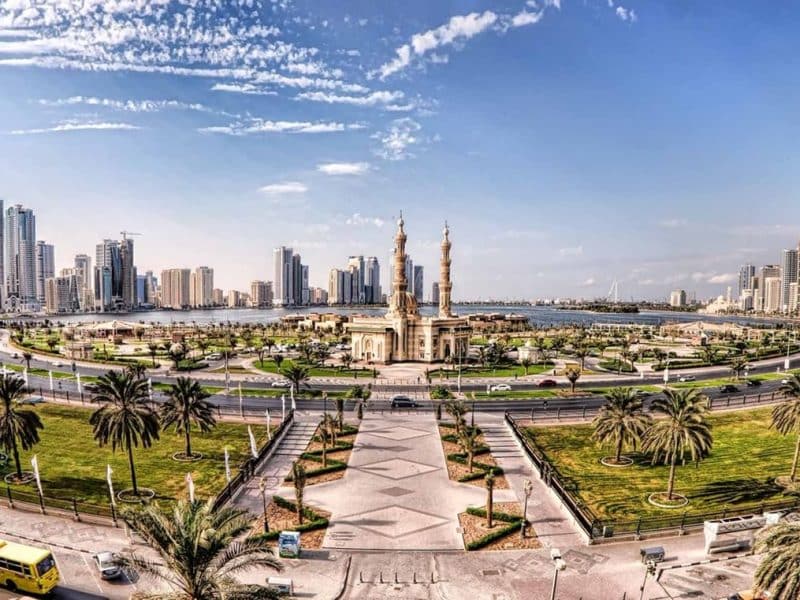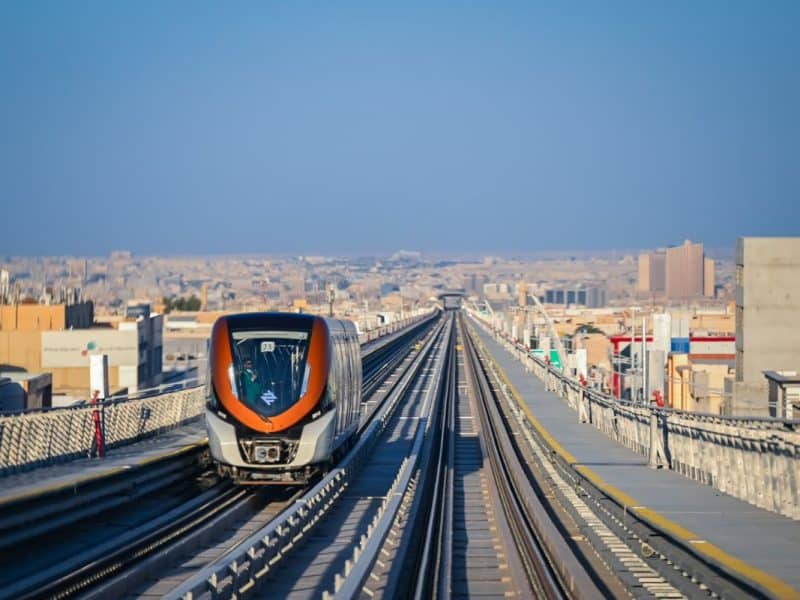The annual Hajj pilgrimage is spurring opportunities for
companies like the Saudi Binladin Group and Hilton Worldwide Inc, as the
government in Saudi Arabia invests in new rail lines and airport expansions
needed to meet the rising number of Muslim pilgrims to Islam’s two holiest
cities.
“The arrivals we are seeing in 2010 are unprecedented in
the history of Mecca,” said Shuja Zaidi, Hilton Worldwide’s vice-president of
projects in Saudi Arabia. “You can imagine the numbers when the transportation
projects are completed.”
The Hajj, which started November 14, attracts more than
2.5 million Muslims from 160 countries to Saudi Arabia. The Arab world’s
biggest economy wants to develop its religious tourism industry as part of
plans to diversify away from oil exports and to help reduce an unemployment
rate as high as 43 percent for Saudis between the ages of 20 and 24.
Saudi Arabia plans to have two million tourism jobs
within 10 years, up from 457,000, according to the Saudi Commission for Tourism and Antiquities Tourism revenue will grow
4.8 percent in 2010 to SR66bn ($17.6bn) and rise to SR118bn in 2015, according
to data from the commission.
“There are a huge number of Muslims in the world, all of
whom are required to perform Hajj once in their lives,” said Paul Gamble head of research at Jadwa Investment Co in Riyadh. “Tourism
related to Hajj has the potential to be an important source of employment in
the kingdom, so building the infrastructure to support this makes sense.”
A $5.3bn rail line linking the holy cities of Mecca and
Medina with Jeddah is under construction and capacity at Jeddah airport will
rise to 30 million passengers by 2012 from the estimated 15 million this year,
according to data on the website of the General Authority of Civil Aviation.
Saudi Binladin won a 27.1 billion-riyal contract to
expand the King Abdulaziz International Airport in Jeddah, the official Saudi
Press Agency reported on November 14.
Hoteliers and property developers will spend as much as
$40bn in Mecca within the next decade to meet rising demand for accommodation,
Zaidi confirmed on November 12.
Accor SA, Europe’s largest hotelier, and Kingdom Holding Co, the
investment company controlled by billionaire Prince Alwaleed, also have expansion plans.
“If you look at the infrastructure pipeline over the last
several years, expanding facilities for religious tourism has been a big
component of it,” Jarmo Kotilaine,chief economist at Riyadh-based NCB Capital, said by
telephone.
King Abdulaziz Al Saudi the founder of Saudi Arabia, captured Mecca in
1924 and Medina in 1925 before officially establishing the kingdom in 1932. The
two cities provided Al Saud with revenue from customs and religious taxes from
visiting pilgrims and religious legitimacy as the ruler consolidated his power
over the Arabian Peninsula.
The current monarch, King Abdullah,
86, wants to make the economy less dependent on oil. Saudi Arabia announced in
August a $384bn, five-year spending plan, with the funds being spent on
education, housing and transportation.
Tourism represented 3.6 percent of the kingdom’s gross
domestic product in 2009, with religious tourism probably accounting for as
much as 1.5 percent of GDP, Gamble said.
Mecca needs 82,000 rooms with the number of pilgrims
expected to double to 13.75 million by 2019, US-based Jones Lang
Lasalle said in a report in June. There are now 50,000 rooms in
Mecca, or 40 percent of the kingdom’s room stock, and 20,000 in Medina,
according to the Jones Lang Lasalle report.
Religious pilgrims are fueling the construction boom.
Every devout Muslim who can afford it is supposed to perform a Hajj once in his
or her lifetime. Many are struggling with the rising cost because of a dearth
of rooms.
Engi Nassar, a 45-year-old Egyptian, is spending 40,000
Egyptian pounds ($7,000) during her 11 day pilgrimage to Mecca and Medina,
about half of what she would have paid had she not booked her own accommodation
at the last minute.
“I handled the hotel on my own and got a special discount
in Medina,” Nassar, the general manager of Cairo-based Xpose
Communications, said in a phone interview on November 7.
This year’s Hajj, which finishes this week, is set to
beat 2009 in terms of pilgrim numbers, according to hoteliers and transport
companies. Last year was affected by concerns over swine flu among travelers,
they said.
After obtaining a license in 2009, Saudi
Alwafeer Air transported as many as 25,000 passengers during
Hajj. This year, the number of passengers the company is expecting to lift is
more than 60,000, Mohammad Bajaba, Alwafeer’s vice president of services, said
in a telephone interview.
The number of foreign pilgrims visiting Saudi Arabia to
perform the Hajj in Mecca rose 11 percent to 1.8 million people this year, the
Saudi Press Agency reported yesterday, citing Interior Minister Prince Nayef
bin Abdualziz.
“Spending by pilgrims supports the consumption side of
the economy,” Saleh Al Suhaibani, head of research at Al Rajhi Capital,
said in an e-mail. “The main beneficiaries are obviously hotel, transport and
retail sectors.”









